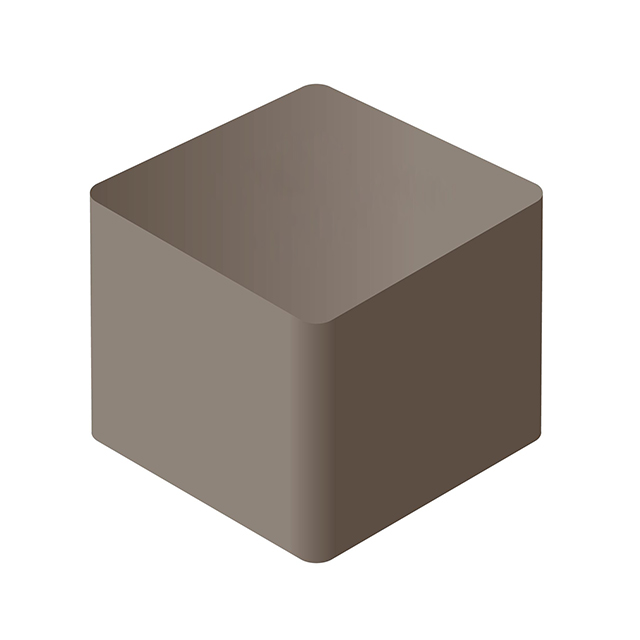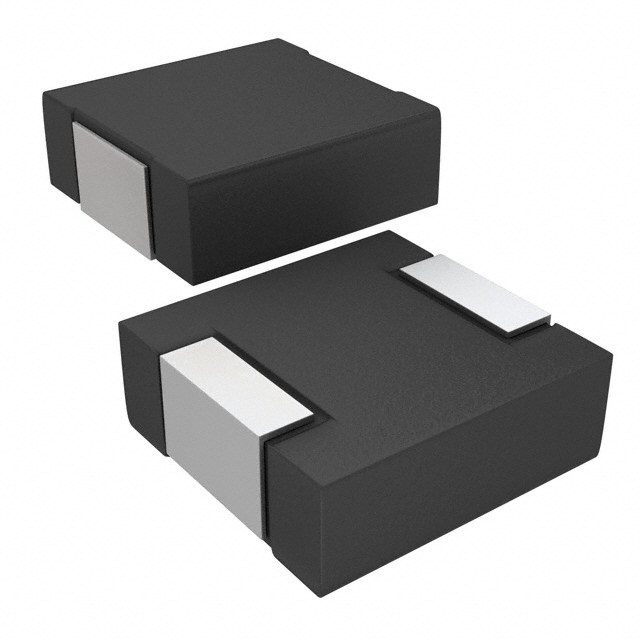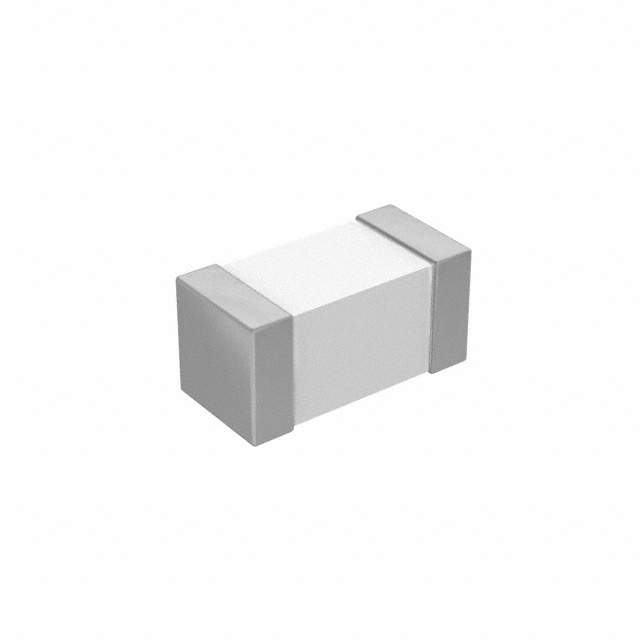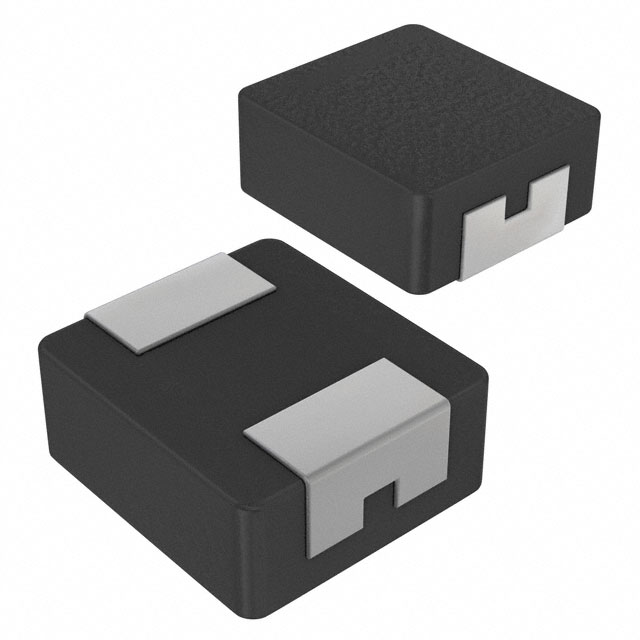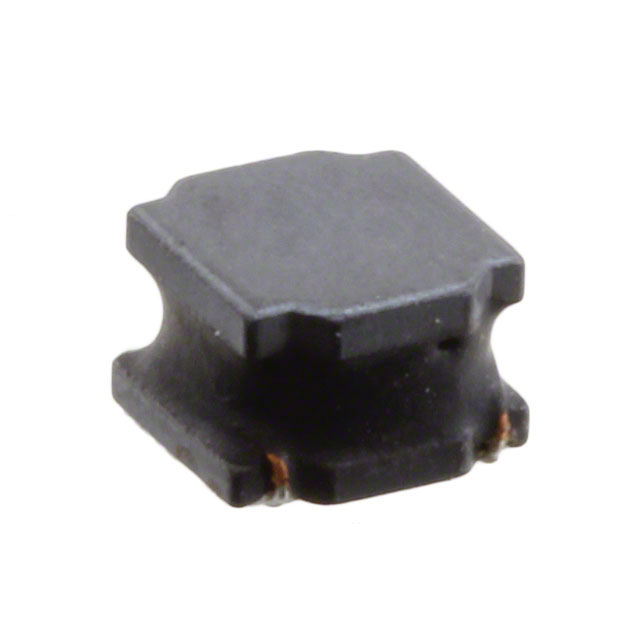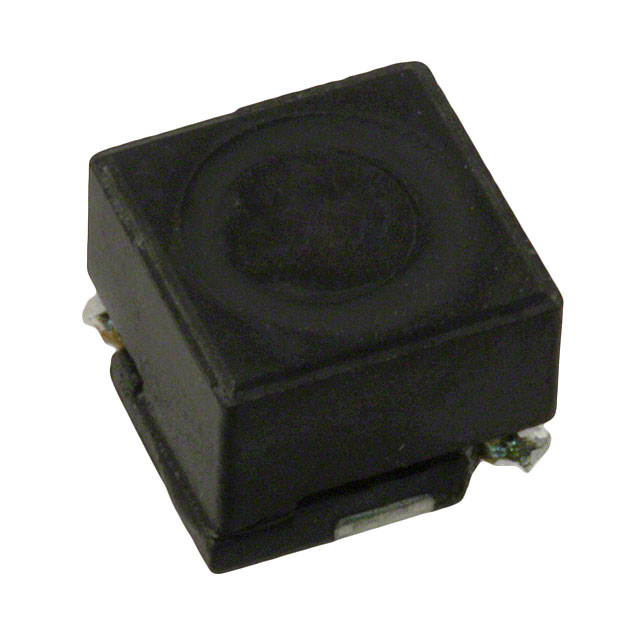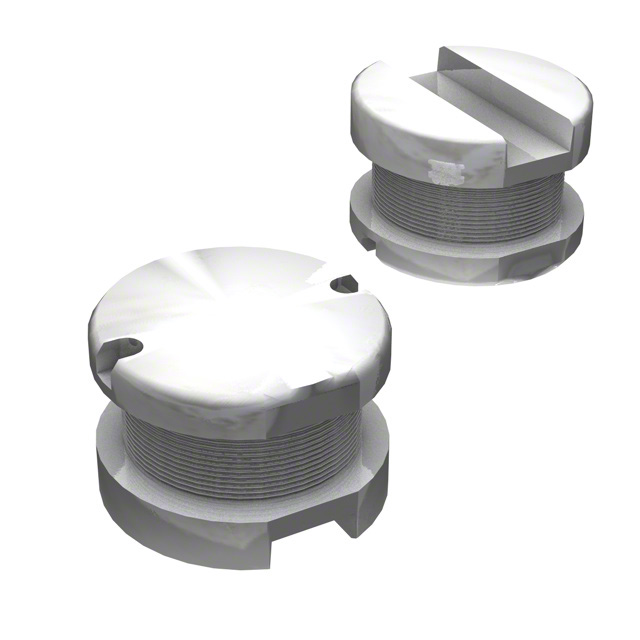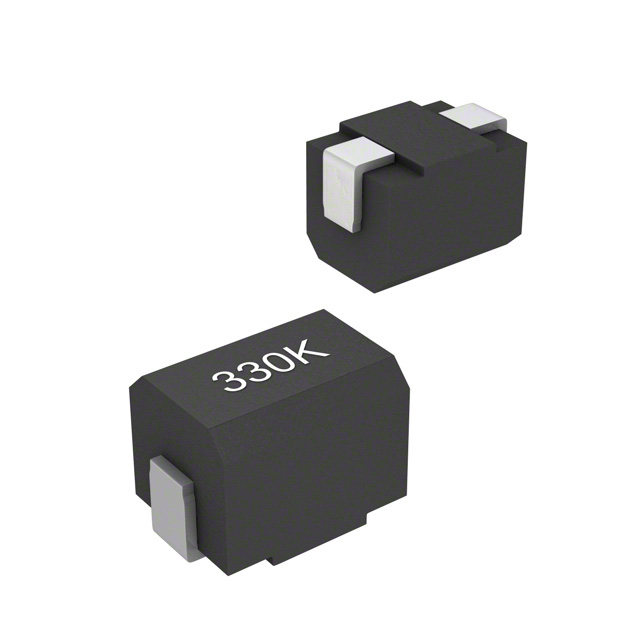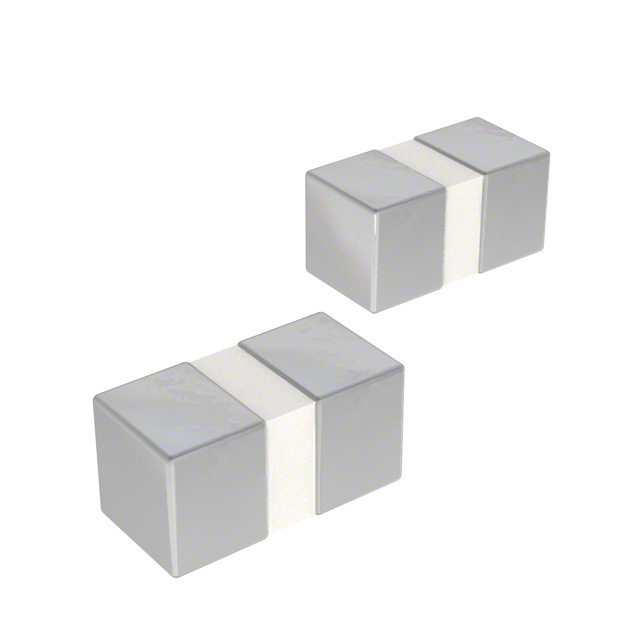Categories
- Wireless Charging Coils(12)
- 1
Description of Wireless Charging Coils
A wireless charging coil is an inductive component that facilitates the wireless transfer of energy through electromagnetic induction. It is commonly integrated into devices capable of wireless charging, such as smartphones, tablets, and smartwatches. The coil functions as a sort of antenna for the wireless charger, enabling the transmission and reception of energy across short ranges.
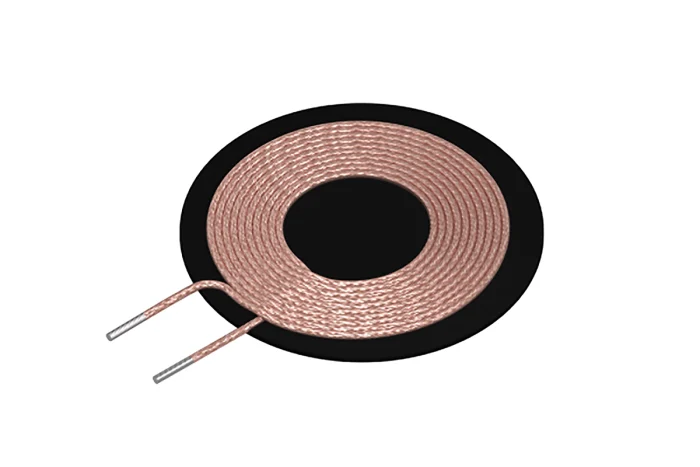
Wireless charging coils
These coils generate a fluctuating electromagnetic field (EMF) that is employed to inductively transfer energy to a parallel-placed, nearby coil. This transferred power can then be used to either directly power the device receiving the energy or to recharge its battery.
The Main Functions and Characteristics of Wireless Charging Coils
Wireless charging coils create a fluctuating electromagnetic field that facilitates the transfer of energy to other coils that are aligned and in close contact. This energy is harnessed to recharge batteries or power devices that receive it. Designed to function as either receivers, transmitters, or versatile units with a single or multiple coils and layered windings, these coils are characterized by their inductance, resonant frequency, current threshold before saturation, and Q factor at a specific frequency.
Applications of Wireless Charging Coils
The collection of wireless charging coils is engineered for efficient wireless energy transfer across a broad spectrum of uses, such as electric vehicles (EVs), personal electronics, and medical equipment. These coils are fine-tuned for high-frequency energy transmission, ensuring dependable power delivery without the need for physical connections. They are crucial components in Qi-standard wireless charging setups, facilitating swift and effective recharging for gadgets like smartphones, wearables, and EV batteries. Constructed with materials that minimize loss and featuring compact designs, wireless charging coils deliver superior performance, ensuring reduced energy dissipation and heat output, while maintaining secure and consistent operation in diverse settings.
Advantages of Wireless Charging Coils
- Simplification of Charging: Wireless charging coils eliminate the need for physical connections, making the charging process more user-friendly.
- Enhanced Convenience: They provide a clutter-free charging solution, especially in environments where cords can be a hindrance.
- Compatibility: Designed to work with Qi-compliant wireless charging systems, ensuring broad compatibility with various devices.
- Efficiency: Optimized for high-frequency power transmission, ensuring reliable energy transfer without physical connectors.
Features of Wireless Charging Coils
- Coil Categories: Coils are categorized based on power transfer levels (low, medium, high, very high power) and positioning requirements (single coil, multicoil solution).
- Construction: Coils can be constructed using Litz wire wound around a ferrite sheet, providing electromagnetic shielding and forming the magnetic field. They may also be designed as PCB type coils.
- Multicoil Solution: Used for free positioning designs, allowing the transmitter to select the coil with the best coupling for power transfer, which can enhance power transfer capability and provide more flexibility in receiver coil placement.
- Power Multiplexers: Used to connect one or more coils to the energy source, allowing for simultaneous energizing of coils for increased power transfer and flexibility.







